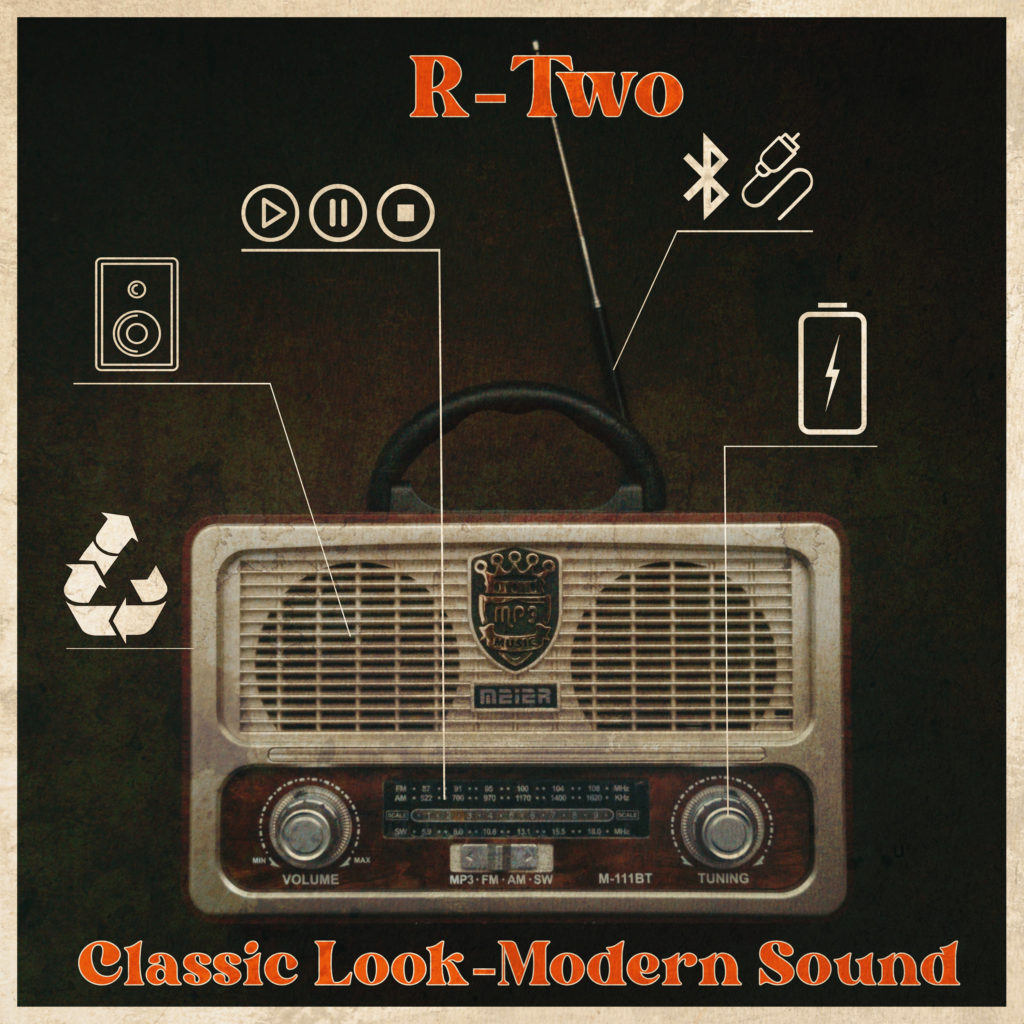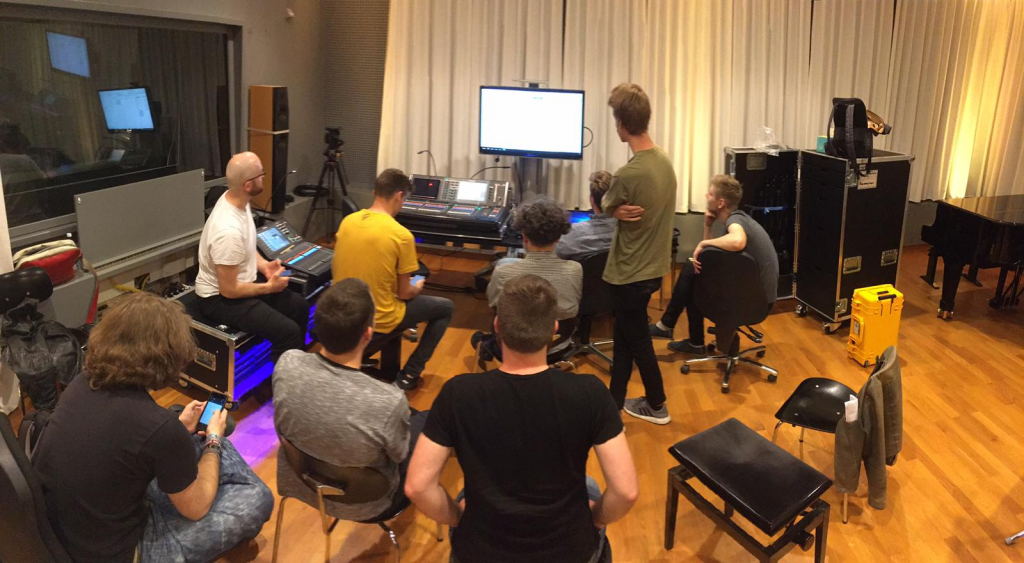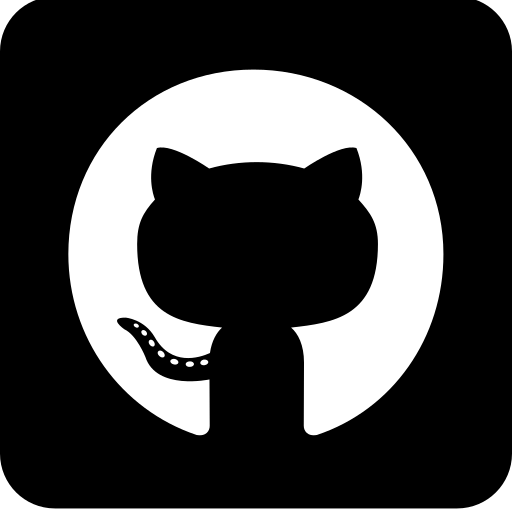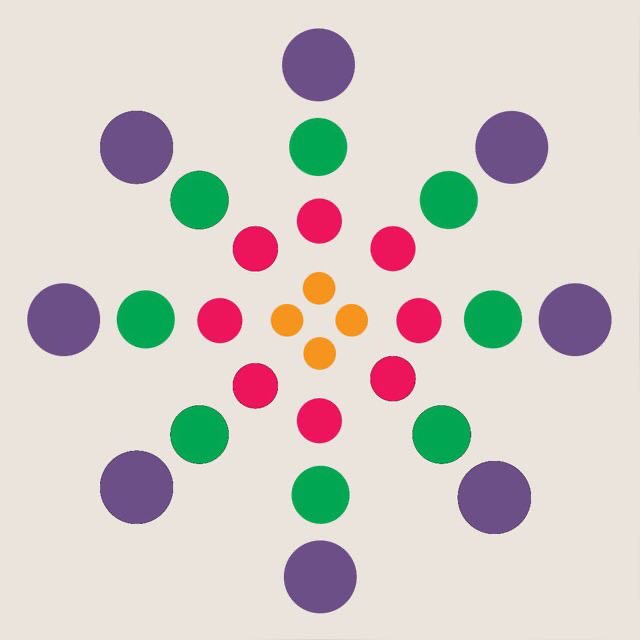
3. Semester Project: Solar Sonics

The project Solar Sonics is an immersive audio play and aims to accompany the listener on a journey through the solar system making it possible to experience the respective objects of the solar system primarily through sound.
Each planet gets its own sound character to create a recognition value – but which attributes fit to which planets? This was defined together with project partner Manuel Schumach, since the planet sounds are also used in the VR application SoniVRse by Manuel Schumach.
For example, Mercury was declared as cheeky, playful, provocative, Mars is alien-like, goofy and stupid, while Jupiter was characterized as scary, deep and threatening.
In terms of content, The Journey begins with the spaceship located on Earth and its launch process with the goal of reaching Pluto, turning around and then heading self-destructively directly towards the Sun.
This was achieved with different synthetic sounds from the VST plugin „Serum“.
The planet sounds were also enriched with other sound design options:
For example, the sun was designed with the „Interactive Sound“ project of my fellow student Thomas Klein to make it sound pulsating, dangerous, powerful and warm.
The respective planet sound was further processed in the further course of the production by additional audio tracks, so that a sound as unique as possible was created.
In addition to the sound design of the planets, the audio piece was also composed and produced with the Vienna Symphonic Library as a score in D-lydian.
As a listener you want to perceive the covered distance of the acoustic journey by listening to the transitions from one planet sound to another. This was further achieved by an orchestra, a piano, a string section, a harp, atmospheric sounds and sound effects.
The composition, production and mixing was done in Ableton Live 11, using the XP4Live plugin to mix immersively in 3rd order Ambisonics. In addition, a binaural mix was also created so that the listeners can enjoy the piece via headphones on their device.
Creative Media Summer school 2022

This semester, 2 fellow students and I created 2 video NFTs, which were programmed and published in the OpenSea test domain as part of the workshop „Smart Contracts: token creation with ERC20„) by and through the support of Markus Angermann, MBA MSc.
Further topics of the workshop:
– blockchain, smart contracts, NFTs.
– Ethereum ERC20
– metamask, hardware wallets, exchanges
– programming language Solidity
– own token project based on ERC-20 / ERC-721
What’s hashing?
Hashing goes only in a SINGLE direction. When something is hashed, a hash value is created from the data (string)
– from plaintext to cryptotext (hash value)
– purely for validity check and so THE essential element at the concatenation to the Blockchain. Only thereby blockchain considered secure like the SHA256 Algorithm (BitCoin) so it’s like:
block – hash value – block – hash value
If a hash value were to change, all subsequent transactions would also be affected. In this way, invalid transactions can be detected.
Here’s how we did our NFTs:

Of course, there are a variety of solutions that lead to the goal. In our case, we decided to implement it using VS Code and the Solidity programming language, which was developed specifically for blockchain technology. Here we used the ERC721 standard, which is necessary for the creation of the smart contract.
Using HardHat as the Ethereum development environment, the smart contract was then deployed with infura so that it could be worked on the Ethereum blockchain.
Similarly, using infura as a huge blockchain development environment, a new blockchain project was generated here, the ArrghCoin coin collection. Links were again copied here in VS code into the Smart Contract or Deploy Script, so that a valid transaction on the Blockchain would occur.
The actual video files (visually designed by Simon Peinhofer and Alex Poeschl, sound design by me) were uploaded to the NFT Cloudstorage Pinata and tagged with metadata via JSON files in such a way that they are linked in the blockchain via just these metadata). So in our case, you can look at the minting of the coins, what metal they are made of, how much they weigh, etc. and that metadata is now on the Etherum Blockchain.
{
"name": "Arrgh Coin 1",
"description": "Crypto Pirate Coin 1",
"image": "",
"animation_url": "",
"attributes": [ {
"trait_type": "Generation",
"value": 1
},
{
"trait_type": "release_date",
"value": "2022-07-01"
},
{
"trait_type": "quality",
"value": "Polished Plate / Proof"
},
{
"trait_type": "series",
"value": "Magic Of Arrgh"
},
{
"trait_type": "face_value",
"value": "100,000 USD"
},
{
"trait_type": "engravers",
"value": "Duplex"
},
{
"trait_type": "diameter",
"value": 45
},
{
"trait_type": "alloy",
"value": "gold Au 999.9"
},
{
"trait_type": "total_weight",
"value": 15.79
},
{
"trait_type": "fine_weight",
"value": 0.57
}
]
}The two NFTs can thus be traded and bought and sold, for example, using a crypto wallet such as Metamask. OpenSea (in our case testnet OpenSea), like many other sites, is among the Web3-compatible sites that allows interaction between the crypto wallet and the website.
2. Semesterproject – MainStager DSP

Big Room. A genre that defined electronic dance music festivals in the early 2010s and is still played around the world to this day. Characteristic for the sound of the genre is a massive reverb on the lead synthesizers, which is ducked as soon as the synthesizer plays the next note. Thus, the impression of a huge room or festival is created, but the mix always remains clean and well-defined, while the gaps between the synthesizer notes are filled up with reverb. To achieve this effect, a complex routing in the DAW is necessary, which requires advanced skills in music production.
For the 2nd semester project, which is about sonic interaction, a reverb plugin called „MainStager“ VST/AU was designed. The focus is on the iconic sound of the reverb in the genres Big Room and Electronic Dance Music in general, which is perfect for lead synthesizers, vocals and huge snare drums.
The plugin has the following features including corresponding sliders / knobs:
- A reverb with adjustable volume, adjustable timbre (dark – bright) and adjustable room size.
- Compressor with adjustable threshold, release and sidechain function, which compresses the reverb of the input signal
- The UI is focused around the DJ duo „Miami Boys“ and their corporate design, rather than acting as an analyzing tool
The unique selling point is mainly on improving the workflow of the artist and creating a unique sound (signature sound of the musicians Miami Boys). This in turn increases the awareness of the DJ duo and helps to gain more reach in the EDM scene.
1. Semesterproject – R-Two (the Retro Radio)

Music Production
I have been making music for several years now and finally my friend and fellow student Alex and I a.k.a. Snarey Potter and Even Beats have put together our best instrumentals in one tape.
Available on all major streaming platforms on 29 September 2020
#Battlebeats#Boombap # Trap #Ableton AbletonLive10 #NativeInstruments#Omnisphere
The Audio Machine ©
TheAudioMachine© is a circular, modular and intuitive interactive drum machine that allows users to easily create drum loops, sample sounds, export what they have created and share it via social media.
The Audio Machine is part of the Internet studio production of the Audiovisual Media program at Stuttgart Media University.
siehe auch: https://www.hdm-stuttgart.de/mediathek/projectpage/3360/details
DJ Sets
Radiomoderation HORADS 88,6 (Hochschulradio Stuttgart LB)
HdM Stuttgart | Livestream
HdM Stuttgart | Orchester Aufnahme: Gustav Mahler, 2. Sinfonie, Prof. Rasmus Baumann


Die Studioproduktion Ton des Studiengangs Audiovisuelle Medien der HdM Stuttgart führte die Aufnahme eines Orchesters durch, welches Gustav Mahlers 2. Sinfonie unter der Regie von Prof. Rasmus Baumann aufführte. Das Konzert fand im Beethovensaal der Liederhalle in Stuttgart statt. Es wurde in 3D Audio (ORTF 3D) aufgenommen mit der freundlichen Unterstützung der HMDK Stuttgart.
weitere Informationen hier





